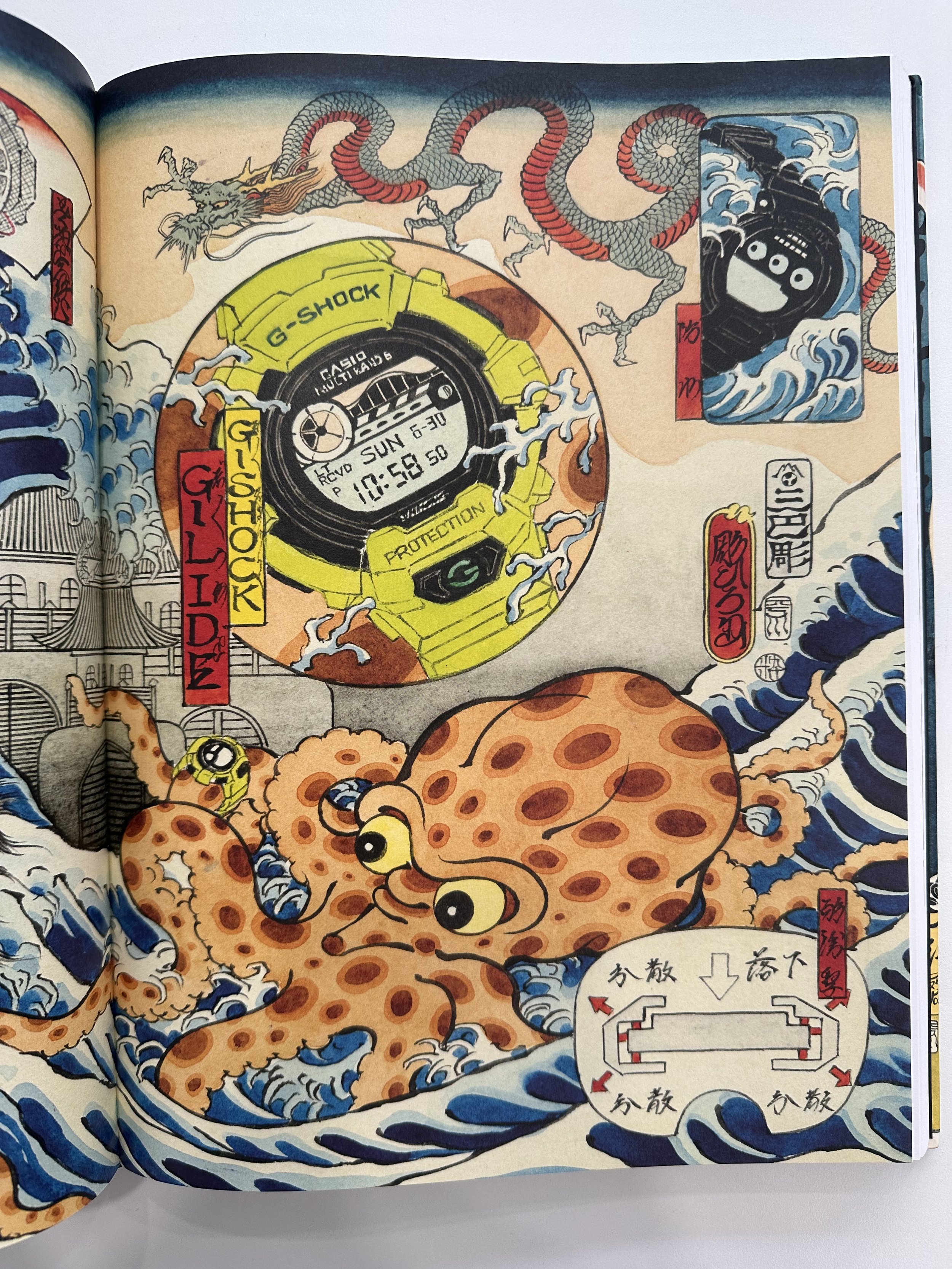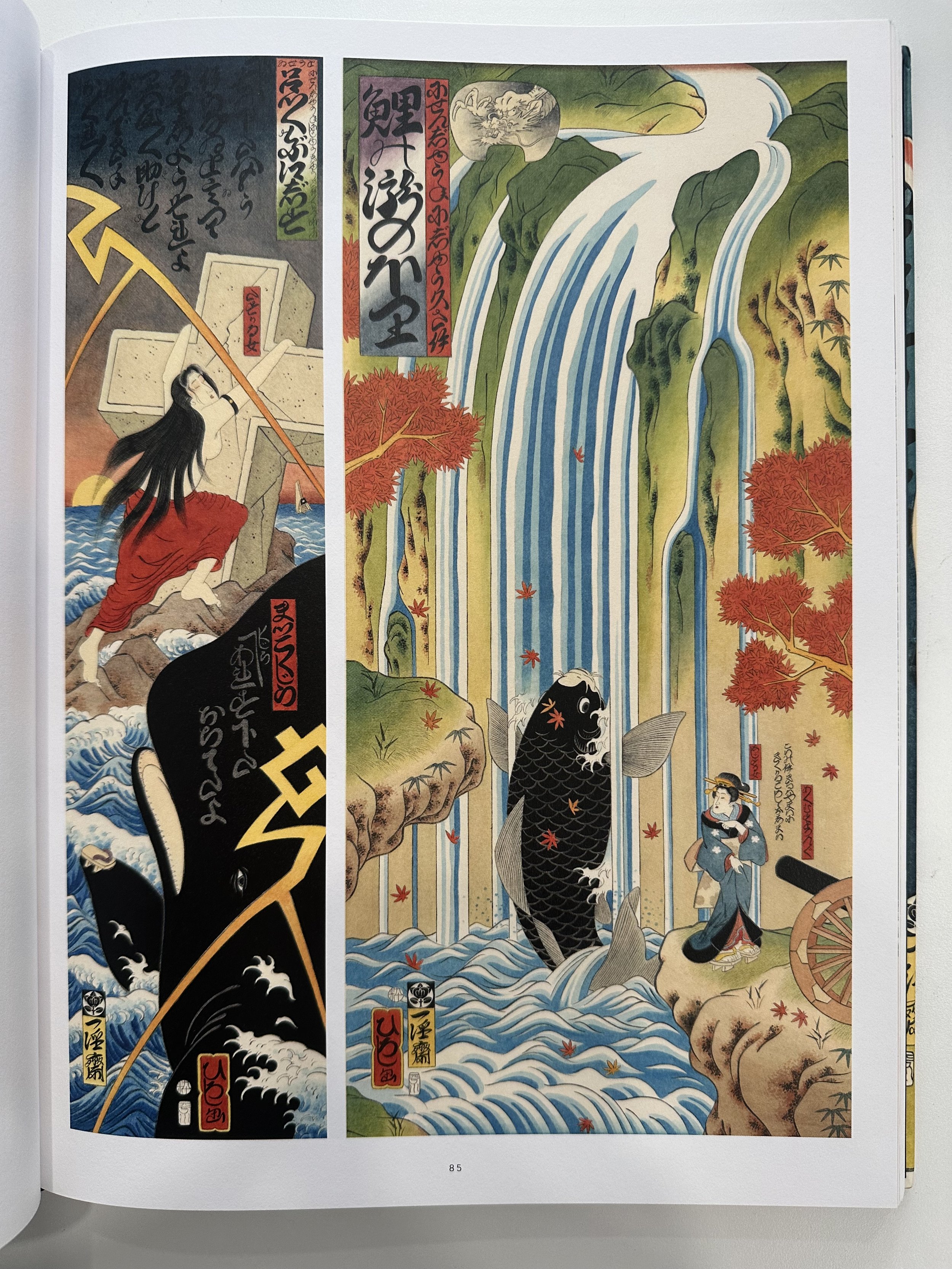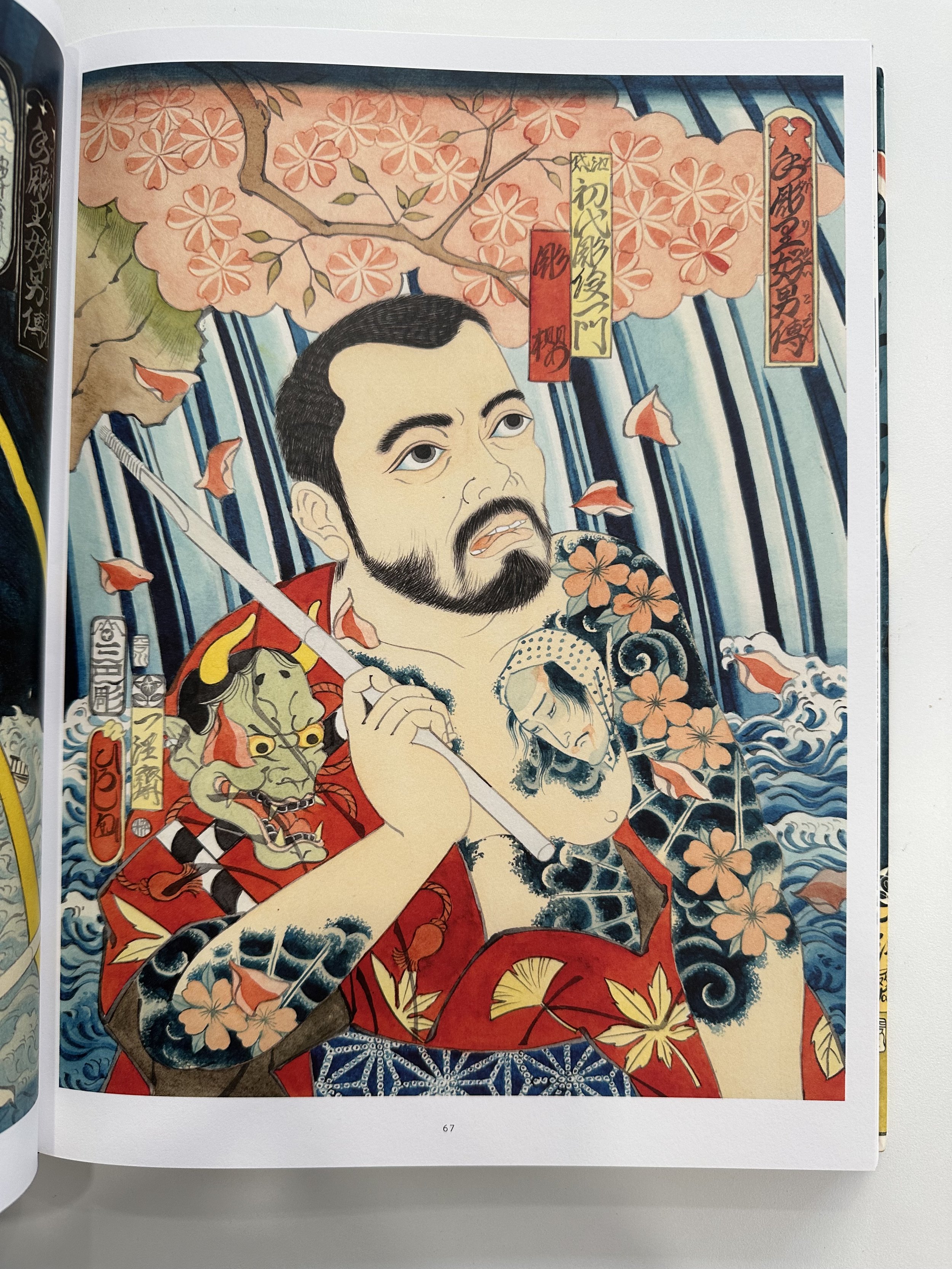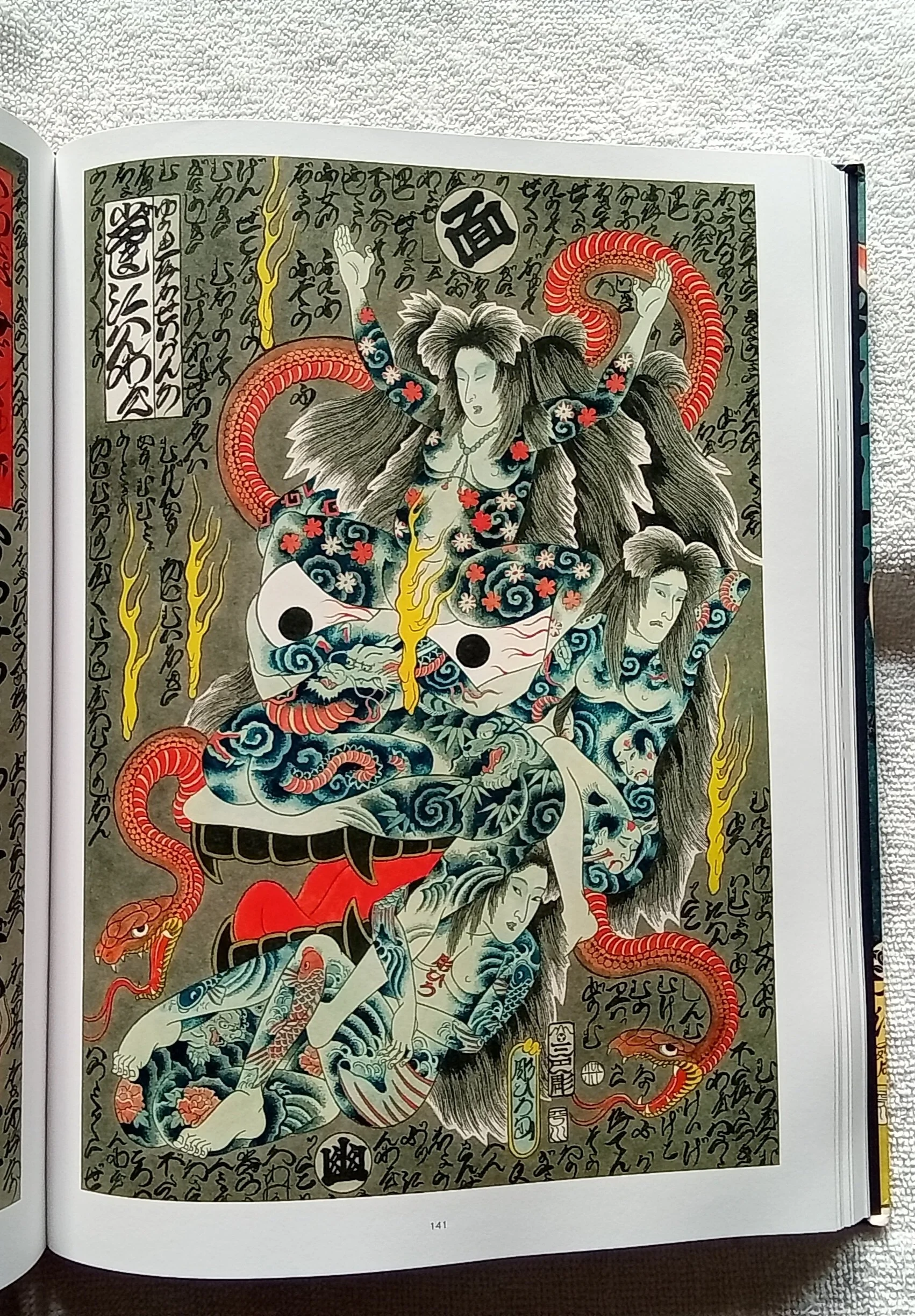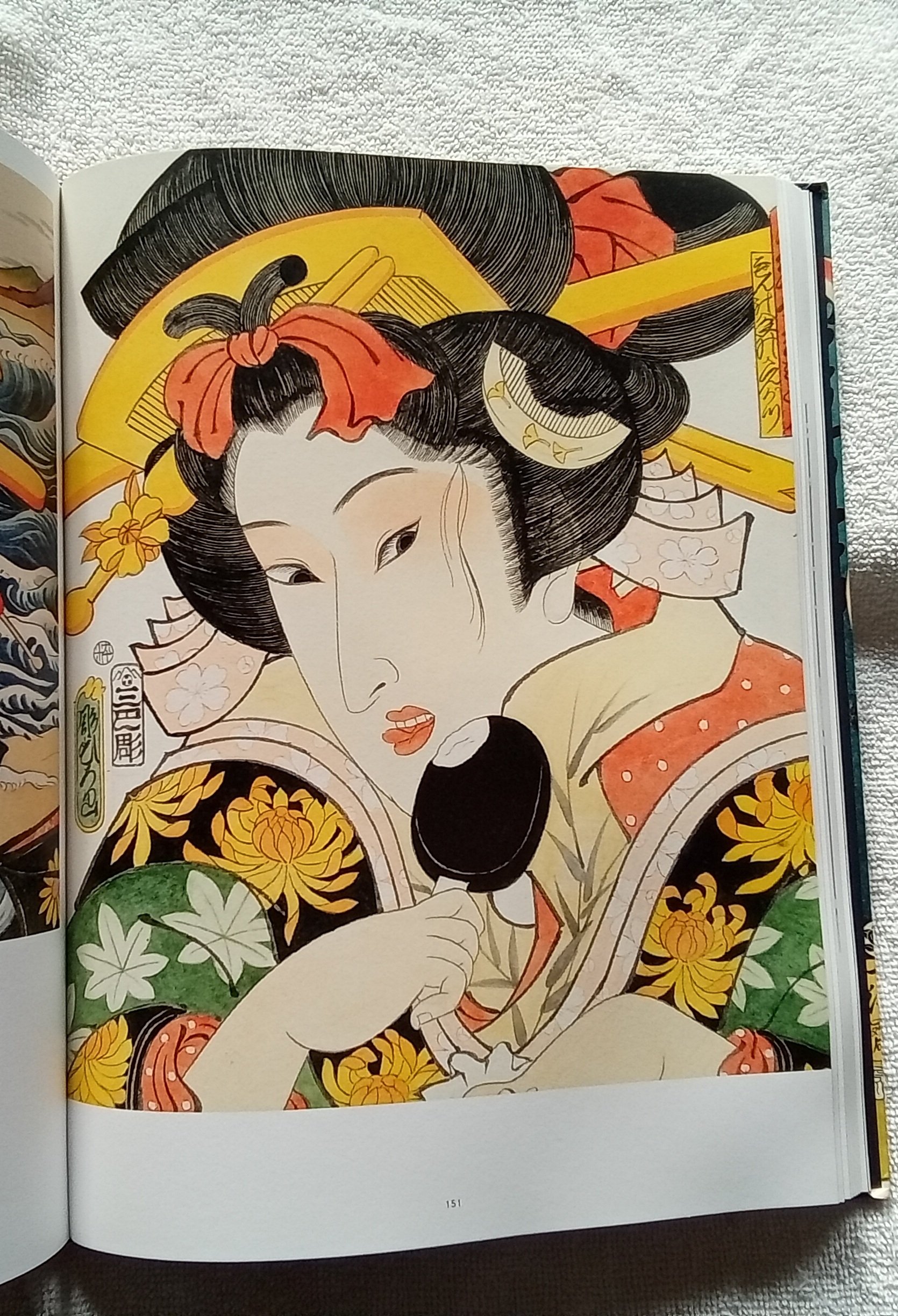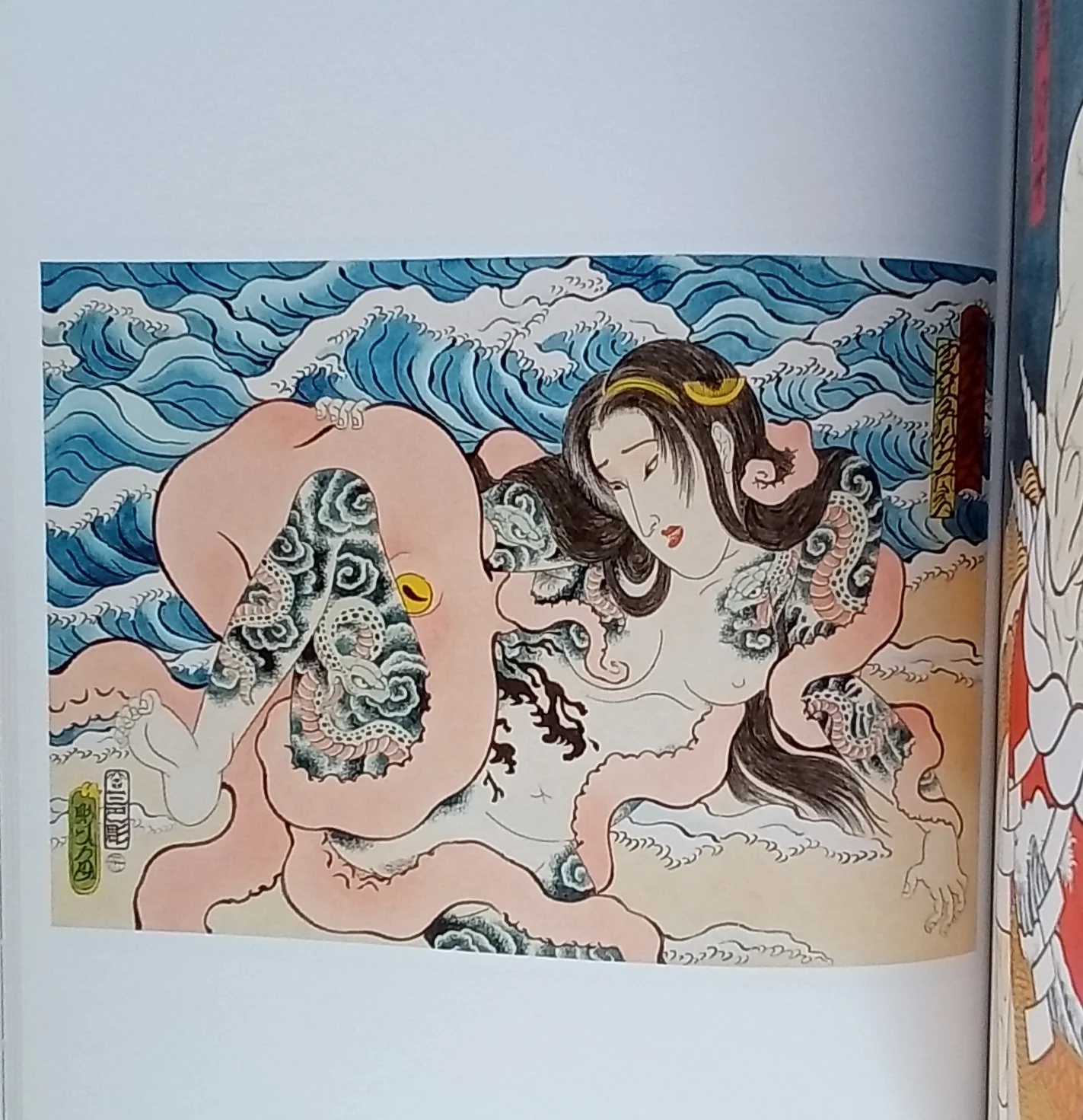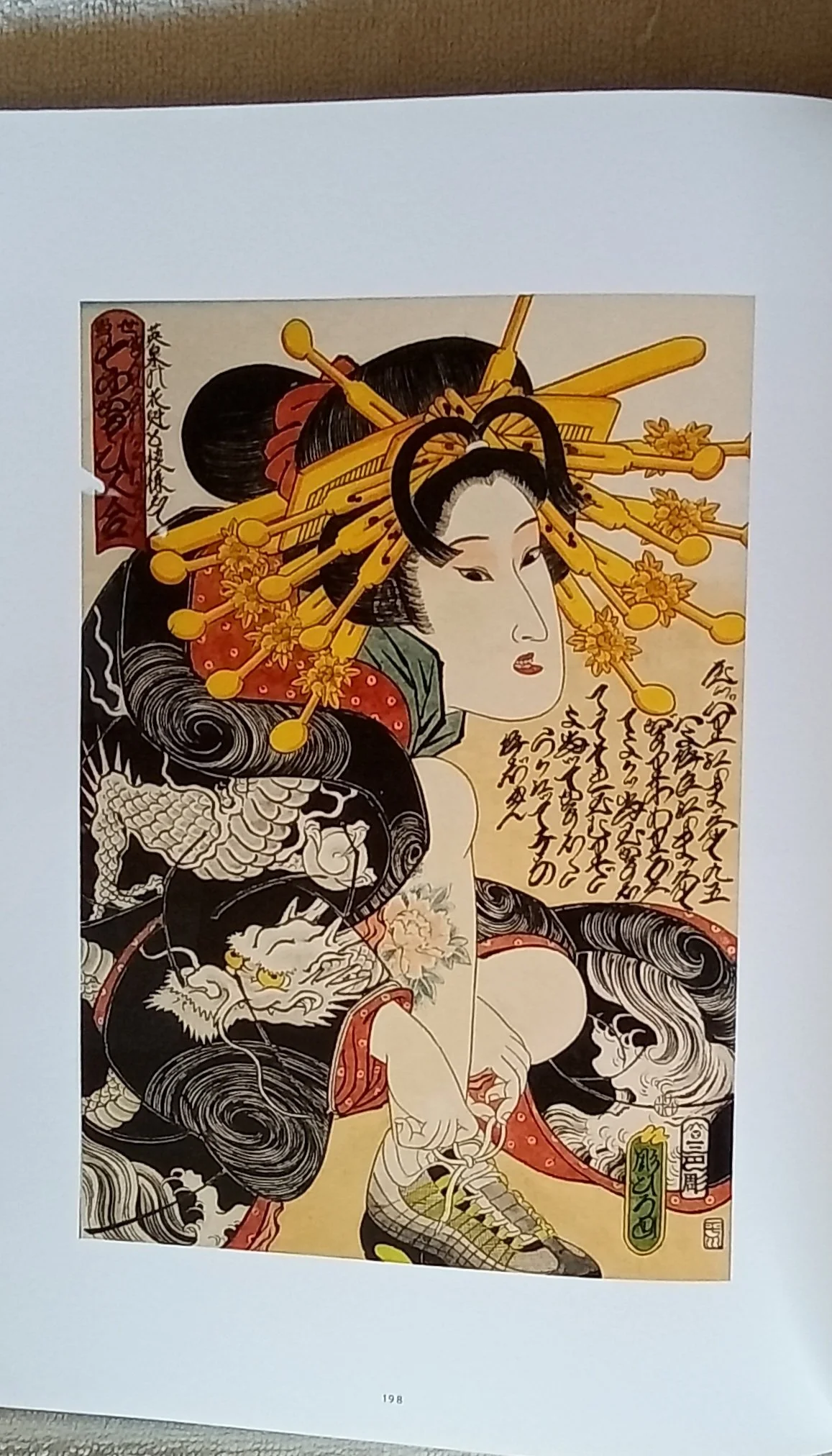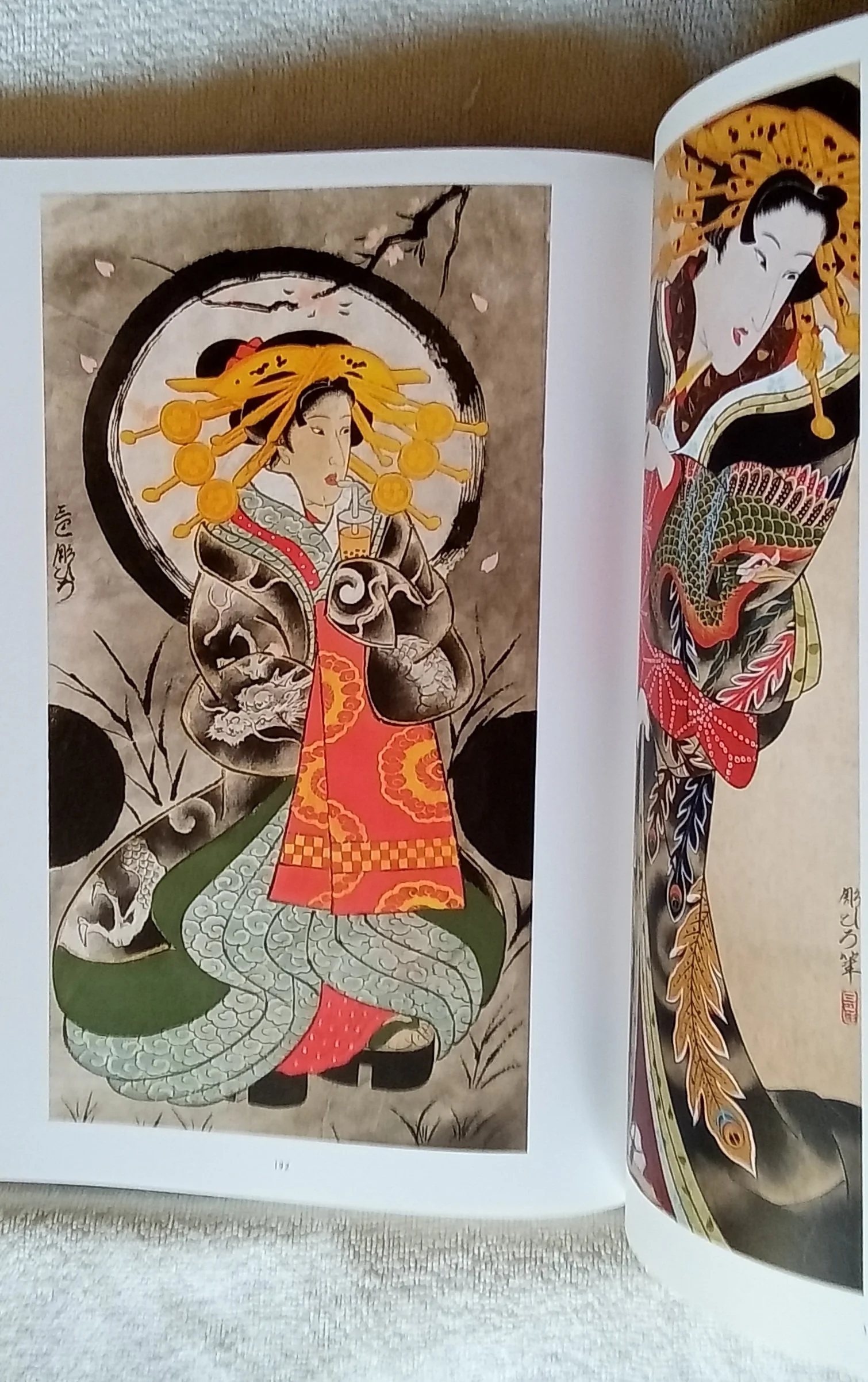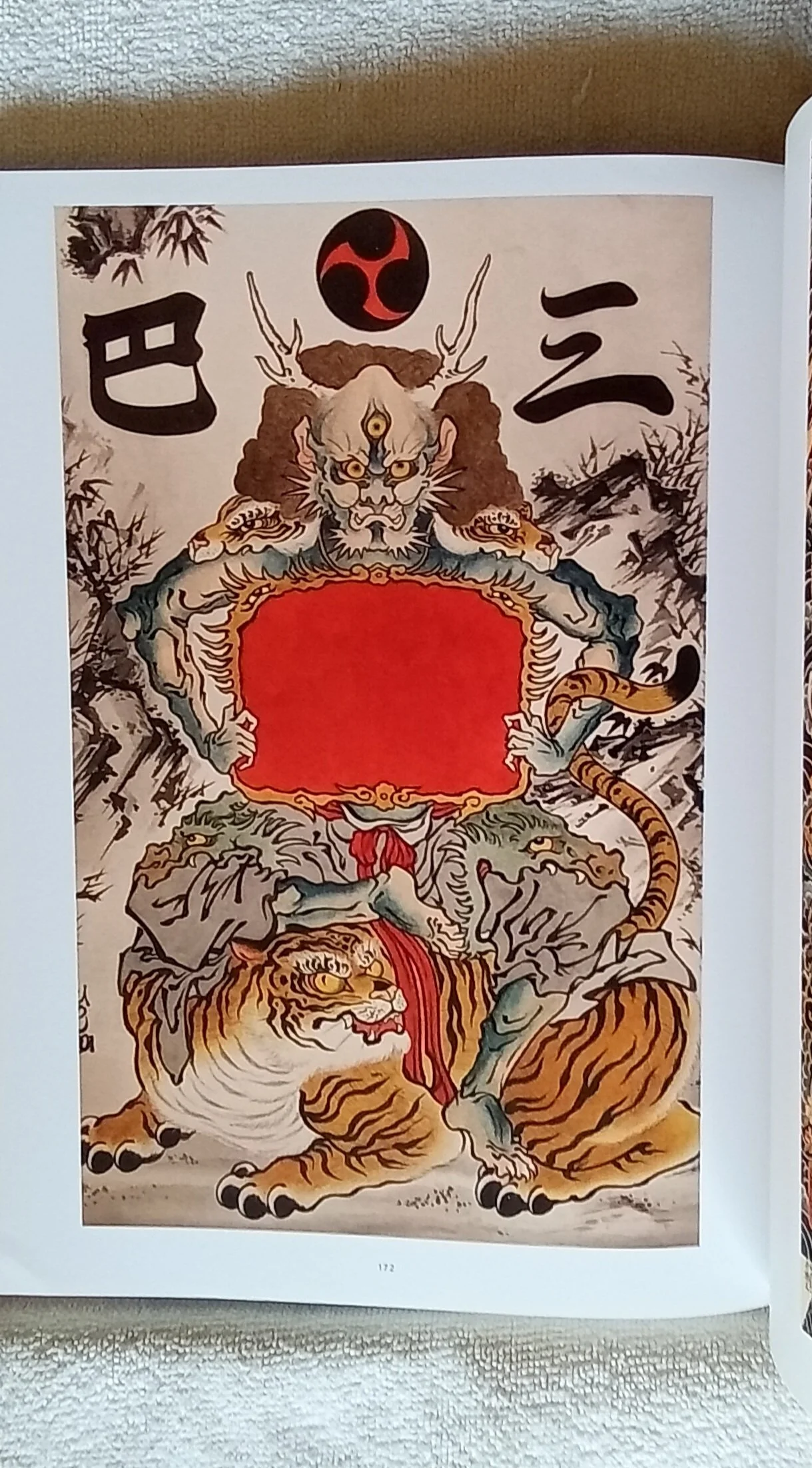 Image 1 of 13
Image 1 of 13

 Image 2 of 13
Image 2 of 13

 Image 3 of 13
Image 3 of 13

 Image 4 of 13
Image 4 of 13

 Image 5 of 13
Image 5 of 13

 Image 6 of 13
Image 6 of 13

 Image 7 of 13
Image 7 of 13

 Image 8 of 13
Image 8 of 13

 Image 9 of 13
Image 9 of 13

 Image 10 of 13
Image 10 of 13

 Image 11 of 13
Image 11 of 13

 Image 12 of 13
Image 12 of 13

 Image 13 of 13
Image 13 of 13














Ukiyo-E: An Introduction to Japanese Woodblock Prints
96pgs, 9x12” $30
Japanese woodblock prints, or ukiyo-e, occupy a singular position in the lexicon of world art. They enthralled such Western artists as Whistler, Manet, Degas, and van Gogh, and gave rise to a wave of "japonisme" in the salons of Paris, London, and New York that left a lasting impression.
As the successor to previous aristocratic traditions, the ukiyo-e print represents the last flowering of traditional pictorial art before Japan entered the modern era. These "pictures of the floating world" reflected the world of the townspeople of Edo (Tokyo), focusing on the popular entertainments of the day, landscapes of favored scenic spots, and portraits of well-known geisha, kabuki actors, and sumo stars.
Includes hokusai, kunisada, and many others
The present volume delves into the history of these unique artistic endeavors, tracing their development from the lavish works commissioned by aristocratic patrons in the sixteenth century to their peak in popularity among the rising merchant class of the flourishing future capital. As the story of the genre's blossoming unfolds, Mr. Kobayashi's illuminating commentary on all its varied aspects-styles, artists, engravers, printers, and the demands of an insatiable but fickle public-captures the essence of the art and provides a fascinating glimpse into the culture of old Japan. With the large color plates and numerous detailed close-ups accompanying the text, Ukiyo-e: An Introduction is essential reading for anyone interested in exploring the exotic world of the Japanese print.
96pgs, 9x12” $30
Japanese woodblock prints, or ukiyo-e, occupy a singular position in the lexicon of world art. They enthralled such Western artists as Whistler, Manet, Degas, and van Gogh, and gave rise to a wave of "japonisme" in the salons of Paris, London, and New York that left a lasting impression.
As the successor to previous aristocratic traditions, the ukiyo-e print represents the last flowering of traditional pictorial art before Japan entered the modern era. These "pictures of the floating world" reflected the world of the townspeople of Edo (Tokyo), focusing on the popular entertainments of the day, landscapes of favored scenic spots, and portraits of well-known geisha, kabuki actors, and sumo stars.
Includes hokusai, kunisada, and many others
The present volume delves into the history of these unique artistic endeavors, tracing their development from the lavish works commissioned by aristocratic patrons in the sixteenth century to their peak in popularity among the rising merchant class of the flourishing future capital. As the story of the genre's blossoming unfolds, Mr. Kobayashi's illuminating commentary on all its varied aspects-styles, artists, engravers, printers, and the demands of an insatiable but fickle public-captures the essence of the art and provides a fascinating glimpse into the culture of old Japan. With the large color plates and numerous detailed close-ups accompanying the text, Ukiyo-e: An Introduction is essential reading for anyone interested in exploring the exotic world of the Japanese print.
